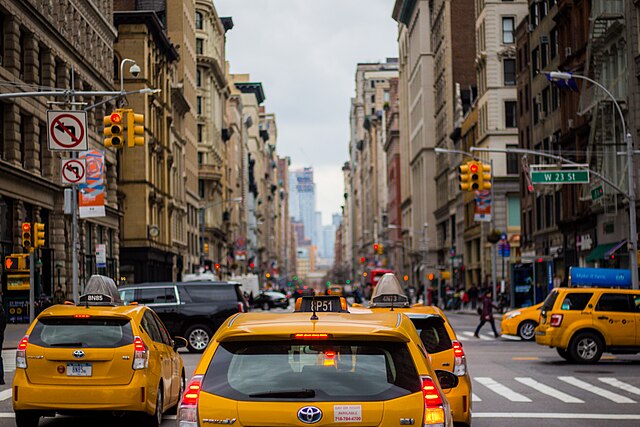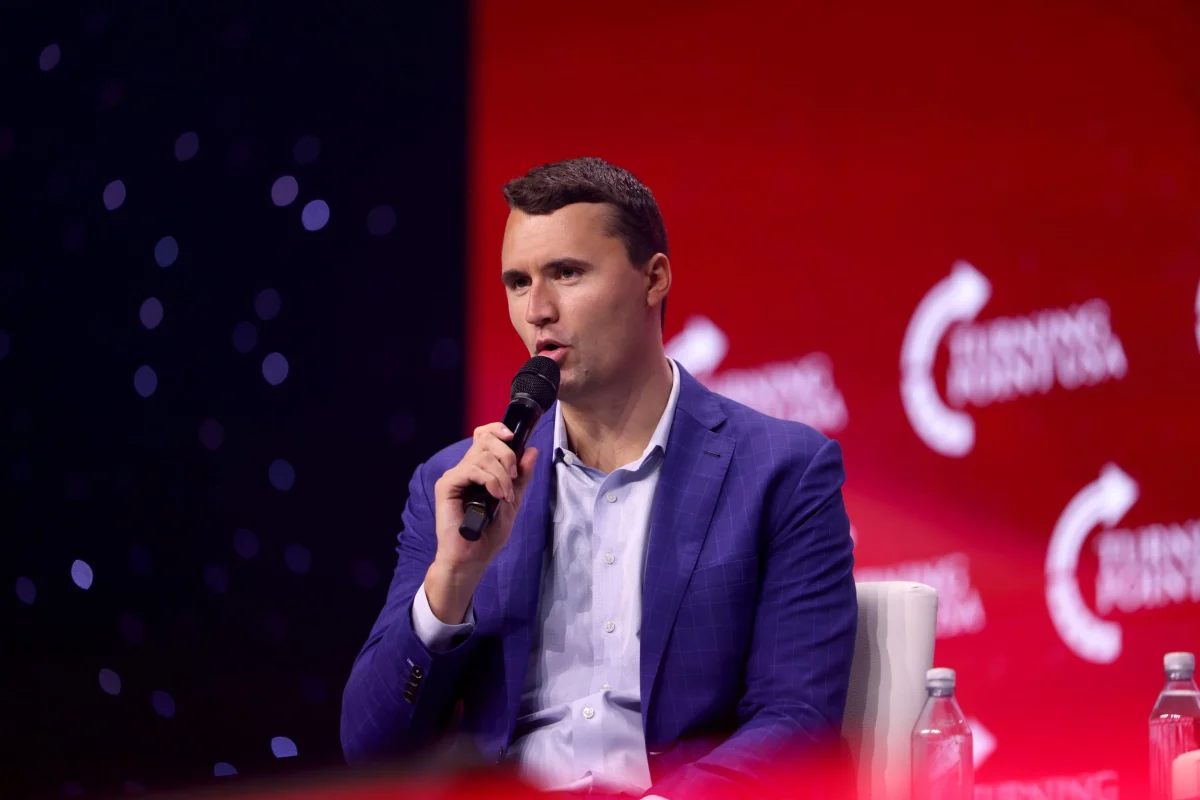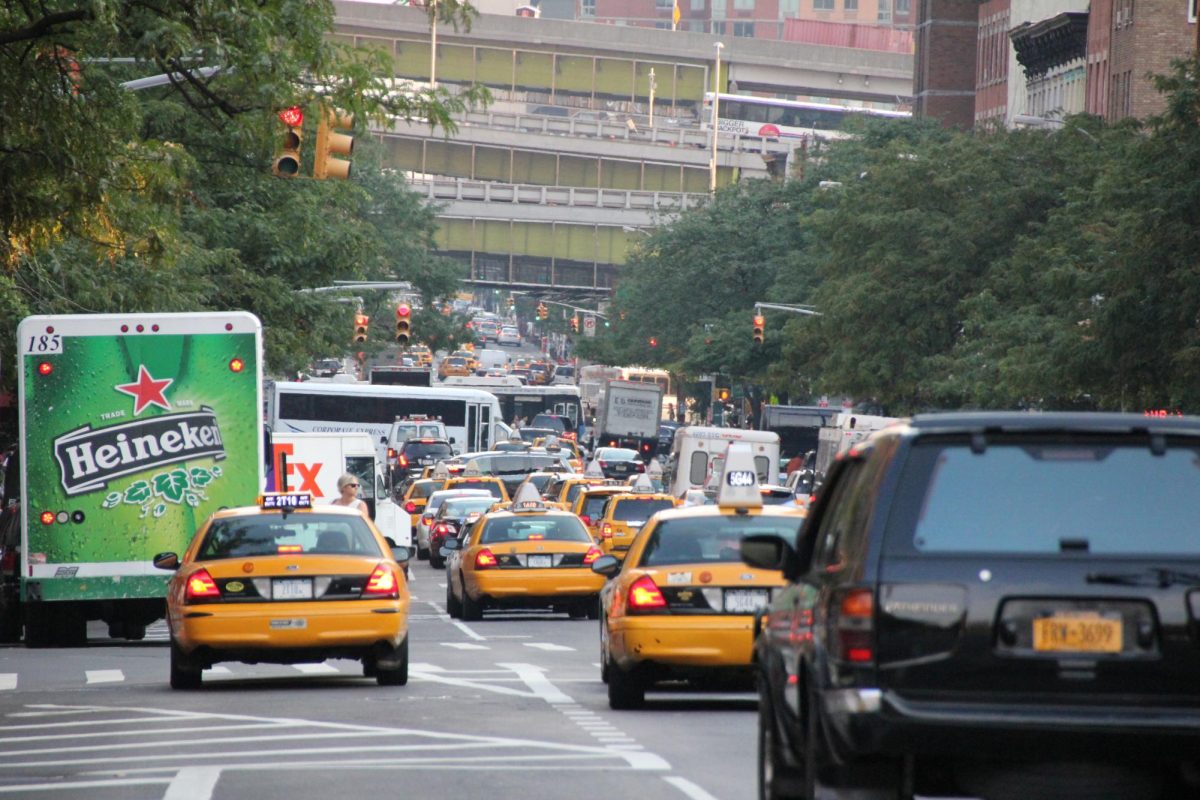Many New York City rideshare drivers have found themselves at the heart of a seminal battle with Uber and Lyft, leading to widespread protests and the looming threat of a citywide strike. The conflict centers on allegations that the companies are locking drivers out of their apps to bypass city regulations and manipulate utilization rates.
On July 17, Uber and Lyft drivers rallied together at Zuccotti Park to express their frustration with Uber and Lyft’s lockout practices. The protest — which stretched from City Hall to Uber’s WTC headquarters — featured chants like “No drivers, no Uber.”
Drivers assert that these lockouts– during which they are barred from accessing the rideshare apps while on shift, are costing them hundreds each week and putting strain on their income.
The cause of the dispute is an updated rule by the New York City Taxi and Limousine Commission that mandates Uber and Lyft maintain a 53% utilization rate. This rule requires that drivers have passengers in their vehicles for at least 53% of their on-duty time, to ensure they are compensated for all their on-duty hours including the time spent waiting for rides.
However, drivers argue that Uber and Lyft have responded to this rule by locking them out of the apps to artificially inflate their utilization rates.
Bhairavi Desai, president of the New York Taxi Workers Alliance criticized these tactics.
“Uber and Lyft are costing drivers hundreds of dollars every single week, and on top of that they are covering up how much empty time you have today so they do not need to pay you more,” Desai said in a statement.
In light of these issues, NYTWA is preparing to raise awareness by organizing a march on City Hall and warning of a potential 24-hour Uber and Lyft strike across the five boroughs.
The union argues that current agreements and regulations fail to address the problem adequately and alleges that recent negotiations between the city and rideshare companies were insufficient.
An agreement that was scheduled to take effect after Labor Day asserts that Uber must reduce lockouts if Lyft reaches a 50% utilization rate.
Desai argues, however, that this condition might incentivize Lyft to either increase its lockouts or manipulate its utilization rate potentially exacerbating the situation for both Lyft and Uber drivers.
In response, Uber has defended its actions by claiming that the TLC’s rule unfairly holds it responsible for Lyft’s performance. Lyft has criticized the city’s pay formula as a “flawed system,” arguing that it harms both drivers and the company.
The TLC, defending the recent deal as a necessary temporary measure to address the lockout issue quickly, has publicly stated its readiness to introduce more stringent regulations if needed.
TLC Commissioner David Do stated, “Our priority is to provide relief to the city’s drivers as quickly as possible.”
As the conflict unfolds, both drivers and companies await the impact of regulatory decisions that could reshape New York City’s thriving rideshare industry.
Categories:
Uber and Lyft drivers protest lockouts in apps, companies defend themselves
Megan Russo, Contributing Writer
September 16, 2024
5
More to Discover







